Table of contents
Let’s get honest: you could write the most brilliant copy in the world, hire the best designer in your country, and still… still, people may not trust your brand.
Why?
Because you said it.
And let’s face it: no one believes the guy who calls himself “the best in the business.” But they will believe your customers. That’s the magic of testimonials.
Yet here’s the part no one wants to say out loud: testimonials can also fall flat. Or worse, they make you look fake and desperate.
So, if you’re wondering what the pros and cons of testimonials are, here's a quick overview. Really, deeply! You’re in the right place. Let’s dissect the truth behind testimonials and see what’s worth keeping... and what’s worth burning.
Why Testimonials Work (According to Your Brain, Not Your Branding Book)
Let’s have a brutally honest moment:
Most of us like to think we’re logical creatures who make decisions based on reason and research.
We’re not.
We have natural signal detectors in us that influence us to copy others’ decisions.
That’s the real reason testimonials work. Not because they’re clever or pretty. But because they hijack some of the oldest mental software running inside our heads.
It’s called social proof, and it’s your brain whispering:
“Hey… everyone else seems to trust this. So maybe we should too… or risk dying alone and broke.”
This is why social proof is important!
When you read one, your medial prefrontal cortex lights up. That’s the brain’s social judgment center. If the person feels relatable, your brain gives a green light. Fear quiets down, thanks to the amygdala chilling out, and trust chemicals like oxytocin start flowing.
That’s not a metaphor. That’s biology.
Add in names, numbers, even photos, and it gets even stickier. For instance, Slack used customer testimonials from well-known brands on their homepage. As you can see in the image below, the stories highlight specific results like "99% faster work” or “50% more upsell.”
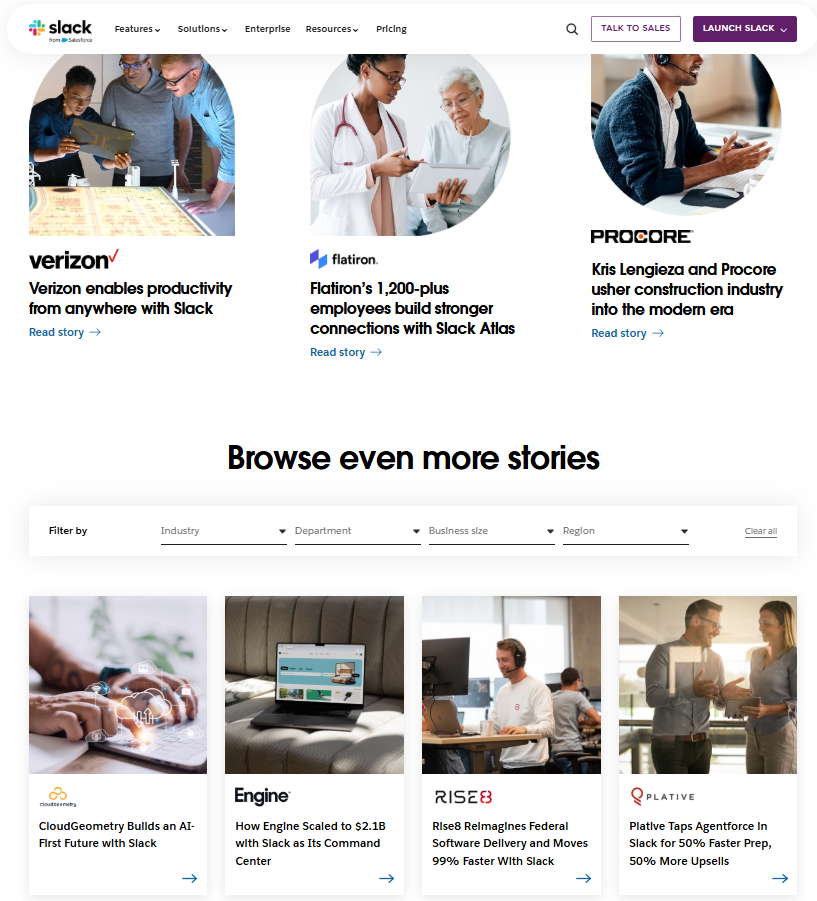
These quotes became a central proof point in multiple campaigns.
But it gets even sneakier.
Place a testimonial near the top of a page? It triggers confirmation bias: your customer is already hoping this thing is good, and now they’re getting validation from a stranger. Instant mental fist bump.
Then there’s the affect heuristic. If a story makes someone feel good, they assume the product is good, too. That’s why emotional testimonials, stories of relief, success, and real struggle, hit harder than polished marketing.
Put it all together?
Testimonials bypass the logic center and go straight to the gut.
They don’t convince. They prove.
Not by telling people what to think, but by showing what already worked for someone just like them.
And that’s what moves people.
So, you may think, it can’t all be butterflies and rainbows, there must so some downsides too, right?
What are the Pros and Cons of Testimonies?
Well, testimonials build instant trust, boost conversions, and give your brand credibility through real customer voices. But what are the cons of testimonials, you may ask. They can backfire if they seem fake, outdated, or overused.
Let us break it down further…
What Are The Cons of Using Testimonials?
Can Seem Inauthentic
Let’s be brutally honest.
If all your testimonials say, “Amazing product. Five stars. Would recommend!” …you’ve got a problem.
No one believes a perfect 10/10 from 73 people. People want realness. If it sounds like a ChatGPT bot wrote it, you’ve already lost the sale.
Here’s the deal: testimonials are only powerful when they feel human. Messy. Specific. Raw.
A good testimonial should sound like a friend texting you. Not a stock photo smiling robot.
Requires Continuous Updates
Think of testimonials like milk: they expire.
A glowing review from 2017 doesn’t say, “We’re trustworthy.” It says, “We peaked seven years ago.”
And if the testimonial praises a feature you no longer offer, or mentions an employee who’s long gone? It’s not just stale. It’s misleading.
Schedule time every quarter to audit and rotate testimonials. Don’t treat them like permanent wall art. Treat them like Instagram content: alive, evolving, curated.
Might Not Be Persuasive for Every Audience
Some people just don’t buy the hype. They want data, not drama.
They’re the “show me the numbers” crowd. They’ll trust a white paper over a rave review. For them, a testimonial is a nice cherry, but not the cake.
So if your industry is packed with skeptics (finance, legal, enterprise SaaS), use testimonials as supporting proof. Not your headline.
Can Be Overwhelming in Excess
Ever landed on a homepage with 92 scrolling reviews and 17 logos?
Too much social proof = no social proof.
Testimonials are like hot sauce. A few drops = magic. A gallon = disaster.
Pick your best. Rotate often. Put them where people make decisions (next to pricing, sign-up forms, product descriptions). And get out of the way.
Potential Legal or Ethical Issues
Fake testimonials aren’t just sleazy. They’re illegal.
The FTC has made it very clear: no fake testimonials, no undisclosed paid endorsements, and no exaggerated claims without proof.
In some industries (healthcare, finance), even real testimonials require disclaimers like “results not typical.”
Bottom line? If your testimonial is too good to be true, back it up, or take it down.
Because trust, once lost, is gone for good.
What are the Pros of Testimonials?
Builds Trust & Credibility
Trust is the currency of the internet, and you don’t get to mint your own.
Testimonials and online reviews are how you increase customer trust in your online business.
You could be the next Apple or the next scam. People don't know. That’s where testimonials step in. They’re your social receipts.
So when you plaster a customer quote like:
“We doubled our revenue in 6 months thanks to this tool!”
…it’s not just fluff. It’s proof that your product does something. Real humans have bet on you and won.
Research by Vendasta shows that 88% of people trust online testimonials as much as personal recommendations. That’s almost creepy, right? Strangers now have the same influence as your best friend.
Tip: Add names, faces, job titles, even selfies if possible. The more human the testimonial, the more your reader’s brain thinks, “Damn, this could be me.”
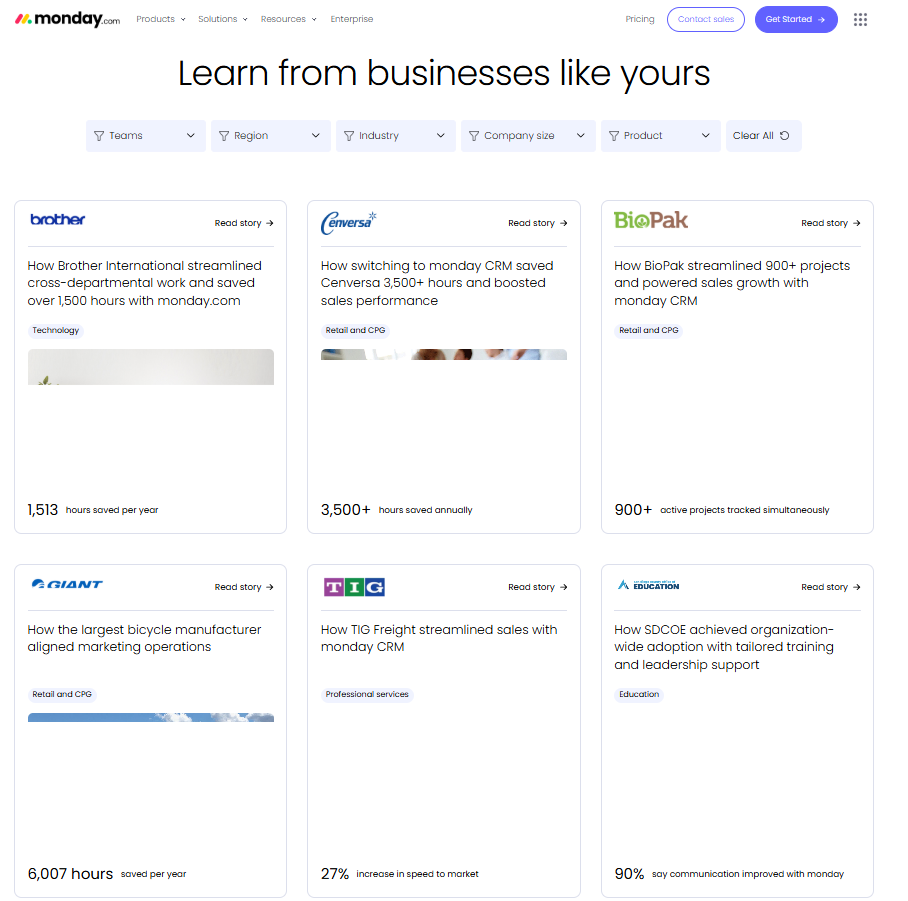
Improves Conversion Rates
Let’s play a quick game.
Imagine you're shopping for noise-cancelling headphones. Brand A says, “Our headphones are amazing.” Brand B has 1,200 reviews saying, “I finally slept through my screaming toddler on a flight to Dubai.”
Who are you buying from?
Exactly.
Here’s the gold: Products with more than five reviews are 270% more likely to be purchased than those with none. That’s not a typo. That’s math. That’s your conversion rate asking for a raise.
In one A/B test, a single testimonial on a landing page increased signups by 10%. Just. One.
Basecamp has separate before/after and customer testimonials webpages, and they also showcase testimonials on their homepage.
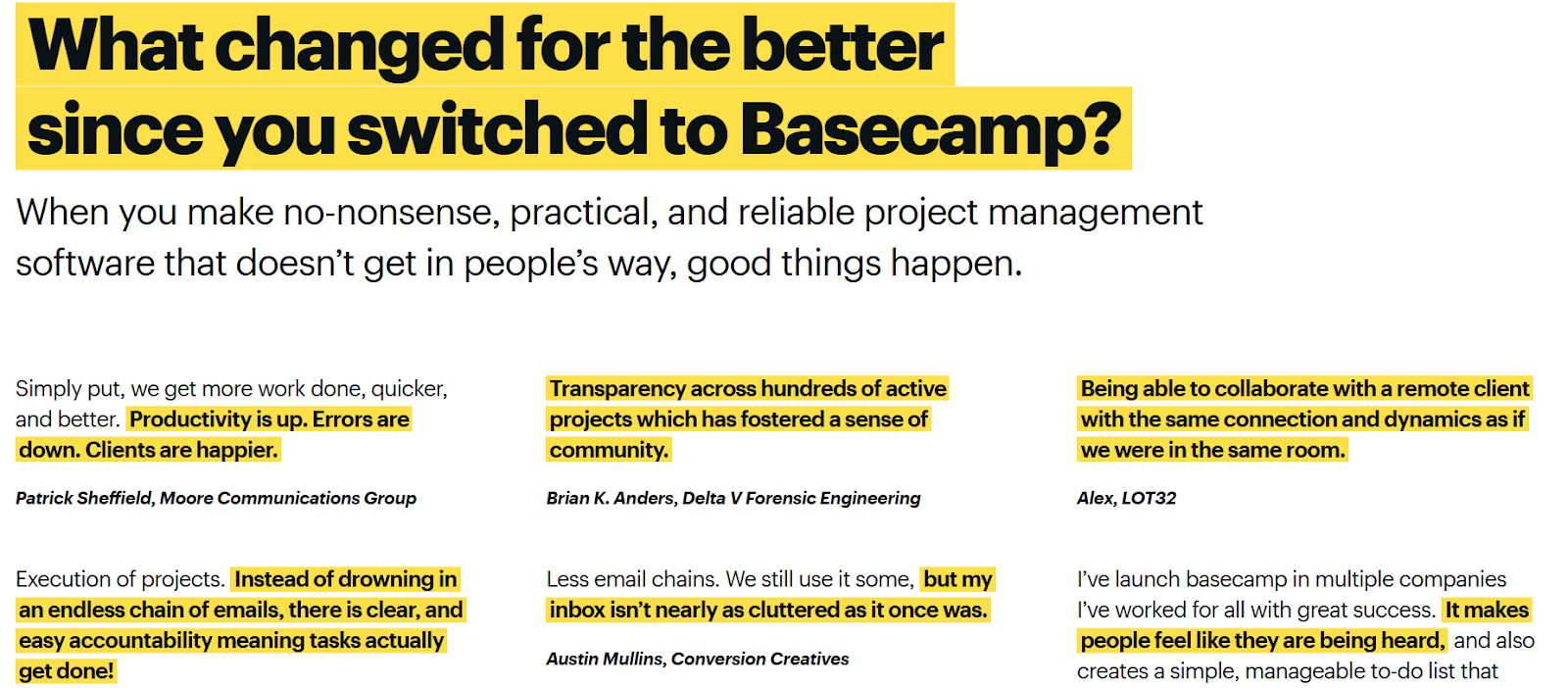
That kind of specificity led to a 30% increase in trial sign-ups, according to internal case studies.

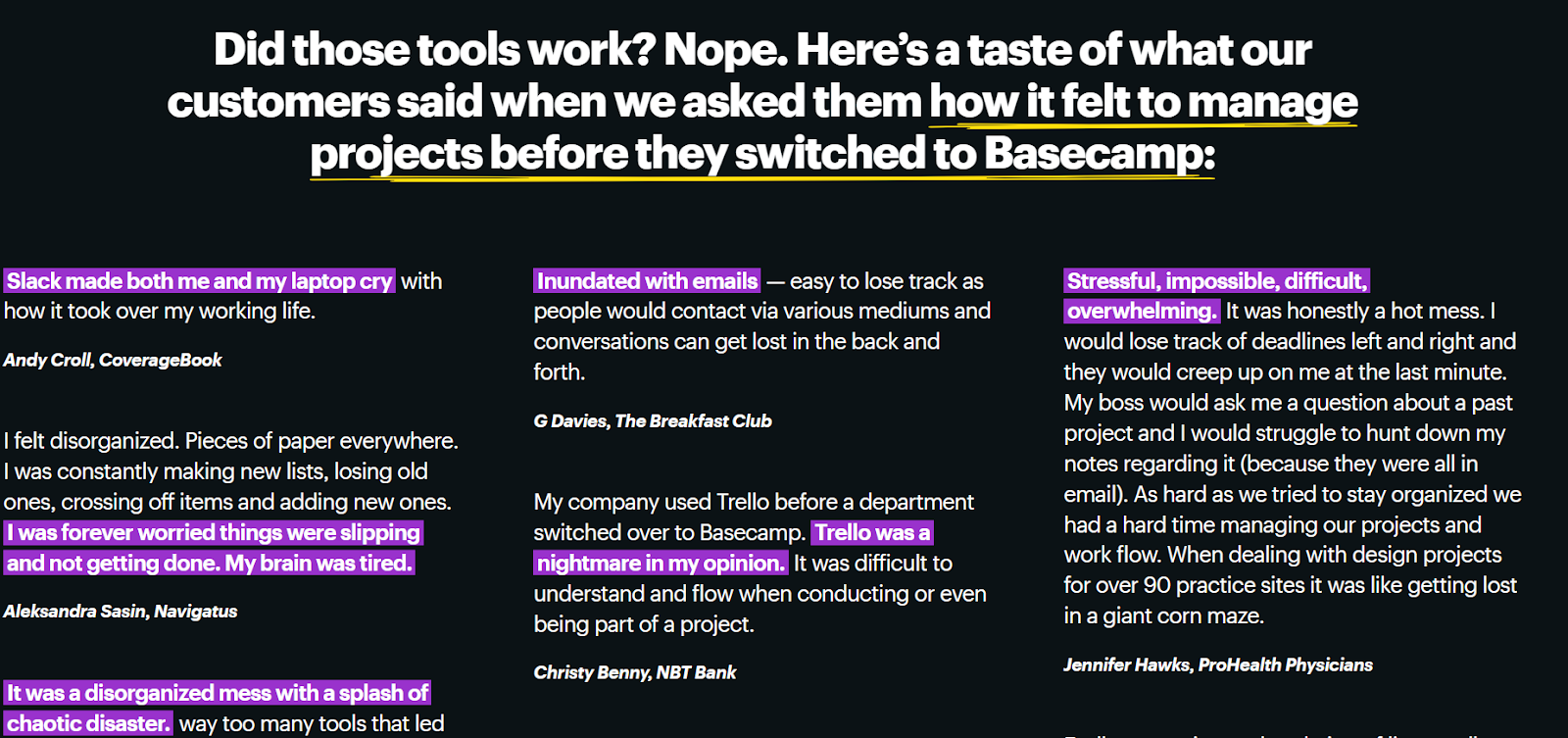
Enhances Brand Image & Authority
Nobody wants to be your guinea pig.
They want to be customer #1,204, the one who made the smart decision to buy after seeing your testimonial wall.
Great testimonials say, “We’ve been around. We’re trusted. Look who else has used us.” It's how brands like Salesforce, HubSpot, and even Patagonia build authority. They don’t scream “Buy now.” They whisper, “Everyone else already did.”
It’s not bragging if your customer says it for you.
Provides Insight into Customer Experience
Testimonials are like a free market research report, except people read them.
They’ll tell you what customers love, hate, and didn’t expect. And they’ll do it in their own words. Want to know why your sales funnel leaks? Read your reviews. Want to know why people stick around? That’s probably buried in a customer quote.
Pro tip: Use those insights in your next ad campaign. You’ll be writing copy straight from your audience’s brain.
Try Testimonial Donut. With flexible layouts and embeddable widgets, you can match the right testimonial to the right place, without extra dev work.
This tool will automate your testimonial collection, integration, design, and display process for you. Sign up for free.
Boosts SEO & Online Presence
Google loves fresh, relevant content. You know what’s free, fresh, and user-generated?
Yep. Testimonials.
Adding testimonials with target keywords can help you rank better. One report found that businesses with customer reviews get 45% more traffic than those without.
Even better: Businesses with a 5-star average get 69% of clicks. That’s practically monopolizing the click-through rate.
Want to show up in more local searches? Encourage your customers to say it loud and proud, in Google Reviews, Yelp, or your homepage.
Best Practices for Using Testimonials Effectively
So now that you’re sold on the good (and warned about the bad), here’s how to do testimonials right:
- Ask at the right time: Right after a win. When your customer has just received results or sent you praise. Strike while the dopamine is high.
- Make it easy: Give them prompts. Ask: “What was your biggest hesitation before buying?” or “What result did you get in 30 days?”
- Use different formats: Video. Text. Screenshots from social. Video gets bonus points. 66% of people are more likely to buy after watching a testimonial video.
- Get specific: “Our onboarding time dropped by 47%” > “It’s great.” Numbers win.
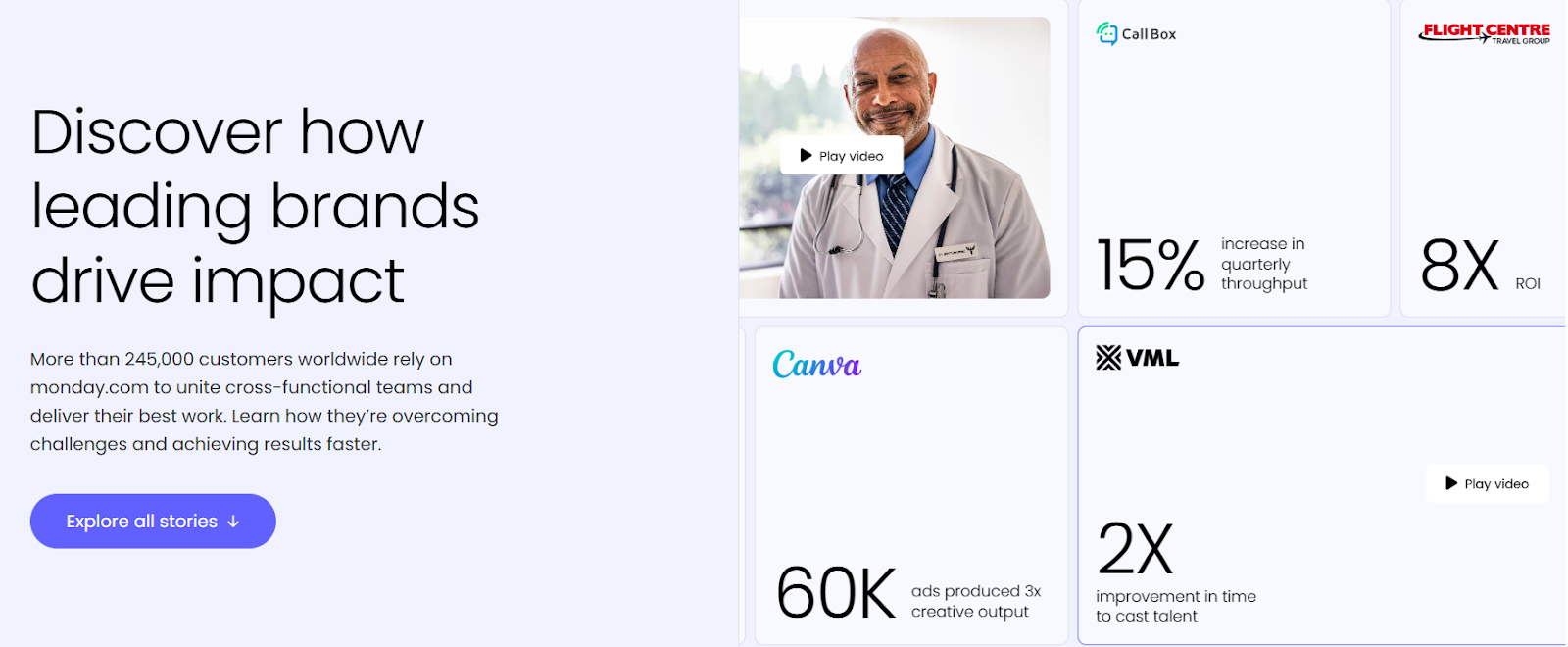
- Stay diverse: Showcase different industries, geographies, and use cases. Everyone wants to see someone like them win.
- Keep it fresh: Set a calendar reminder. One new testimonial a month keeps your proof alive.
- Stay legal: Always get permission. Always disclose incentives. Never fake it.
And whatever you do, don’t hide your testimonials. Put them on your homepage. Sprinkle them into your emails. Make them part of your brand story.
Because people may not believe you.
But they’ll believe someone who did.
Want help automating or collecting testimonials that don’t suck? Here’s where you start.
Final Thoughts: What Are the Pros and Cons of Testimonials?
Here’s the truth most marketers won’t tell you:
Your words don’t matter. Theirs do.
Testimonials are one of the most underused, overperforming tools in your marketing stack. They’re cheap. They’re powerful. They’re based on real psychology and human behaviour.
And yet most businesses either overdo them, fake them, or ignore them completely.
Don’t be that business.
Use testimonials like a scalpel, not a hammer. Choose authenticity over hype. Keep them fresh. Let your customers sell for you.
Because when people see others like them succeeding with your product,… they start imagining themselves succeeding too.
And once that happens?
You’re already halfway to the sale.
Need help automating the collection process of powerful, authentic testimonials? Testimonial Donut makes it effortless, so your customers can do the “selling” for you.



